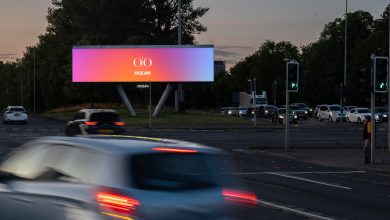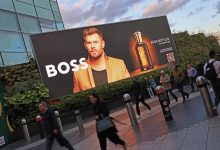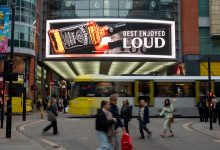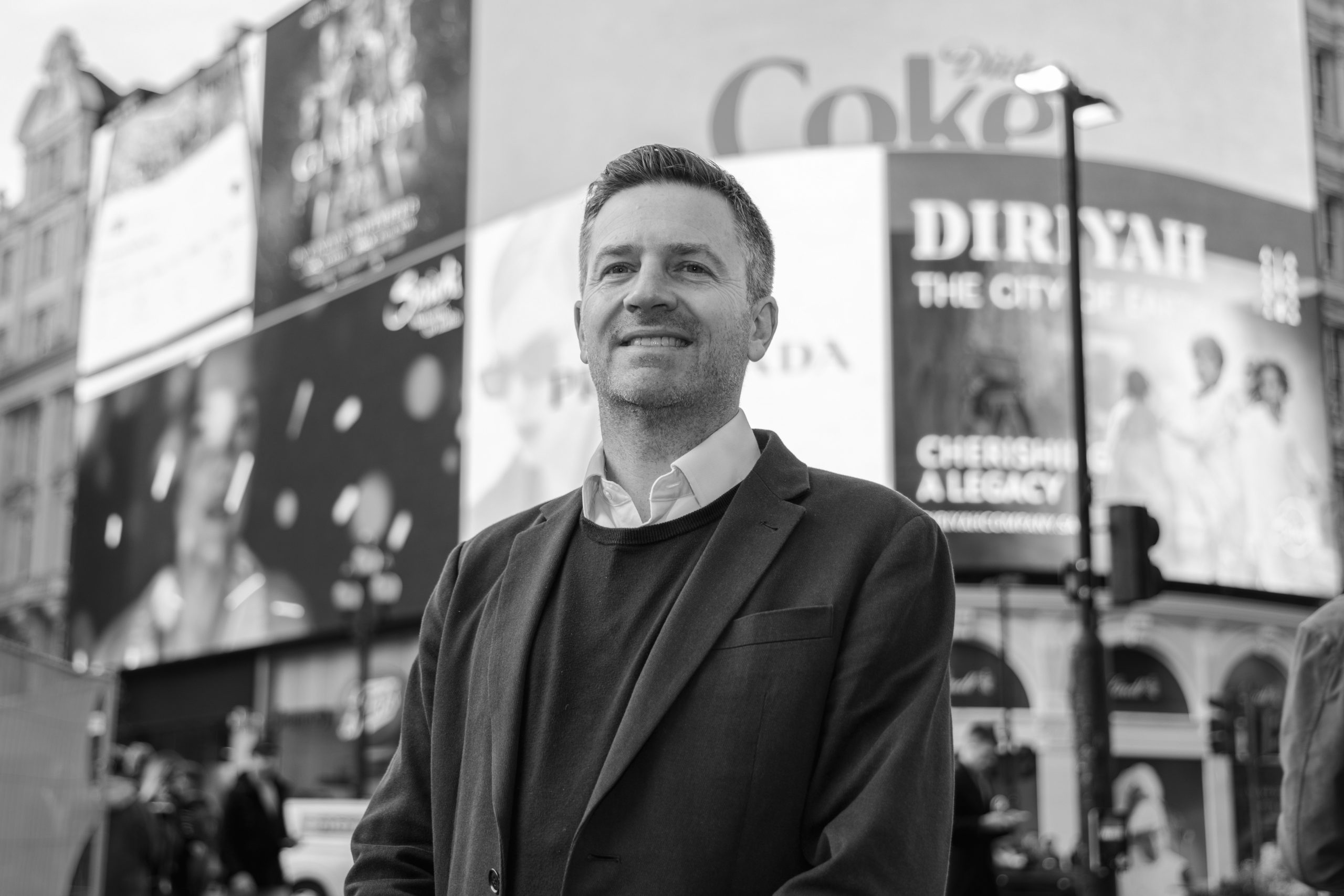
1/ The UK economy has been bedevilled by economic issues this year – tax worries, cost of living etc. How has this affected the Out of Home market?
The market has been volatile, but we are used to that given the economy has hardly been stable over the last three years. The ad market is short term and visibility is poor, but as an industry we have become quite resilient.
When the market gets tough, it pushes us and our teams to move in new directions, think more creatively and just pitch harder. And some really good work has come out of this – like The Attention Dividend, our new study which addresses the whole efficiency versus effectiveness divide.
In pressing times when budgets are tight, our study establishes three specific payouts:
*Premium large format DOOH drives long-term profitability
*Premium large format boosts brand recall
*Premium large format increases audience desire to choose your brand
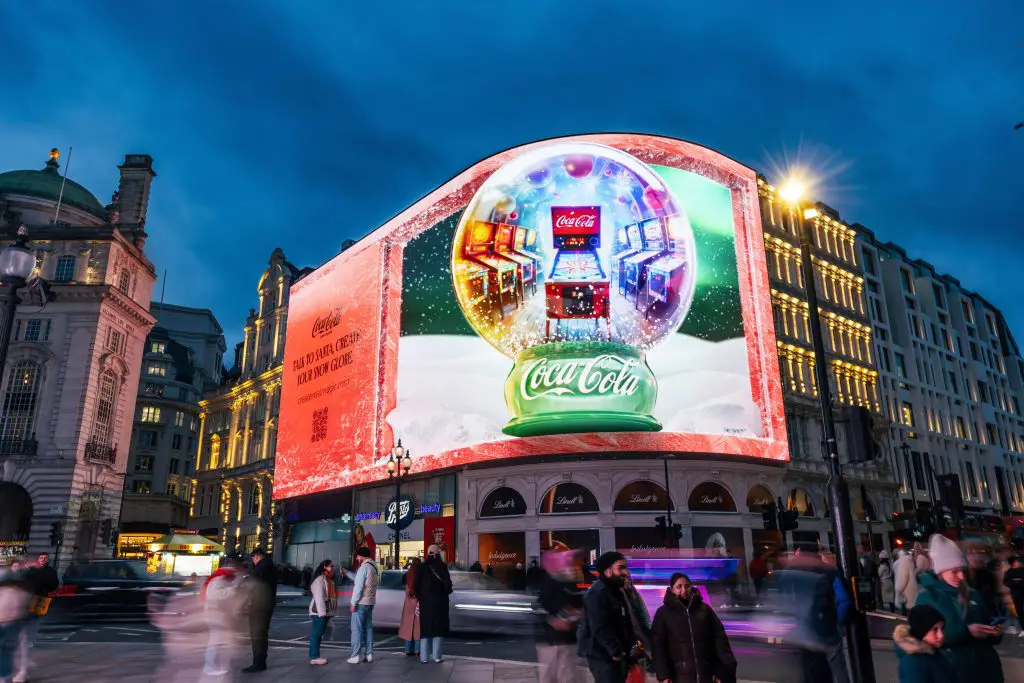
2/ How has Ocean fared in the UK and in Europe?
Despite the weaker economic backdrop, we are seeing good organic growth across the Group. In the UK, we have focused on investing in our existing estate and have spent close to £7million on upgrading our assets across London, Manchester, Liverpool, Newcastle, Glasgow and Edinburgh.
We’ve had some great contract wins which are adding new cities to the portfolio. Brand new sites like the Bradford Media Wall are adding additional reach and broadcast to the schedule in underrepresented areas.
Coming in 2026, the £1.3bn Olympia redevelopment is nearing completion, and it’s massive. In the Times, the project team said the transformation of this 140-year-old west London icon ultimately comes down to “mere embellishments.” But from a DOOH perspective, it really is something else.
In Europe, we’re also securing excellent new contracts, such as the Unibail-Rodamco-Westfield Germany contract and Amsterdam’s Ziggo Dome, the country’s Number 1 concert venue.
3/ If anything, OOH seems to have held up in the digital tidal wave better than other so-called legacy media like TV and print. Do you agree that OOH has adapted better to the digital era than other media?
Ocean is a bit of an anomaly in the OOH sector. We have never been hampered by legacy inventory in that we are a 95% digital business and have been for a long time, so we’ve been digital first much longer than the rest.
As an industry, I think OOH has adapted very well. There’s plenty of automation and programmatic, and our measurement and post campaign analytics is getting better meaning that we can confidently compete in the digital arena.
We have the scale and reach of a broadcast medium; we can hit 97% of the UK population in a two week period. Being digital first allows us to be much more tactical, contextual, memorable and reactive to events. And because our environments and content is curated, we are a trusted digital channel. Which, according to commentator Omar Oakes in his recent The Media Leader column, is the next big battleground. This is exactly the kind of territory where OOH offers brands something truly precious. Credibility.
The numbers also speak for themselves; no other traditional media channel has delivered cumulative annual growth rates of 9% since 2022.
4/ Technology seems to be the driver of most industries these days. What role does it play in OOH and Ocean’s plans?
If anyone visiting Westfield Stratford City during half term caught MOJU’s experiential Boom Booth, you’d see how much OOH audiences want to engage and play with our tech. Ocean Labs’ installation was mobbed by families and kids, a photo taken every 90 seconds; an average dwell time of nine to 10 minutes. A constant queue, all vying to be the next face of MOJU’s OOH campaign.
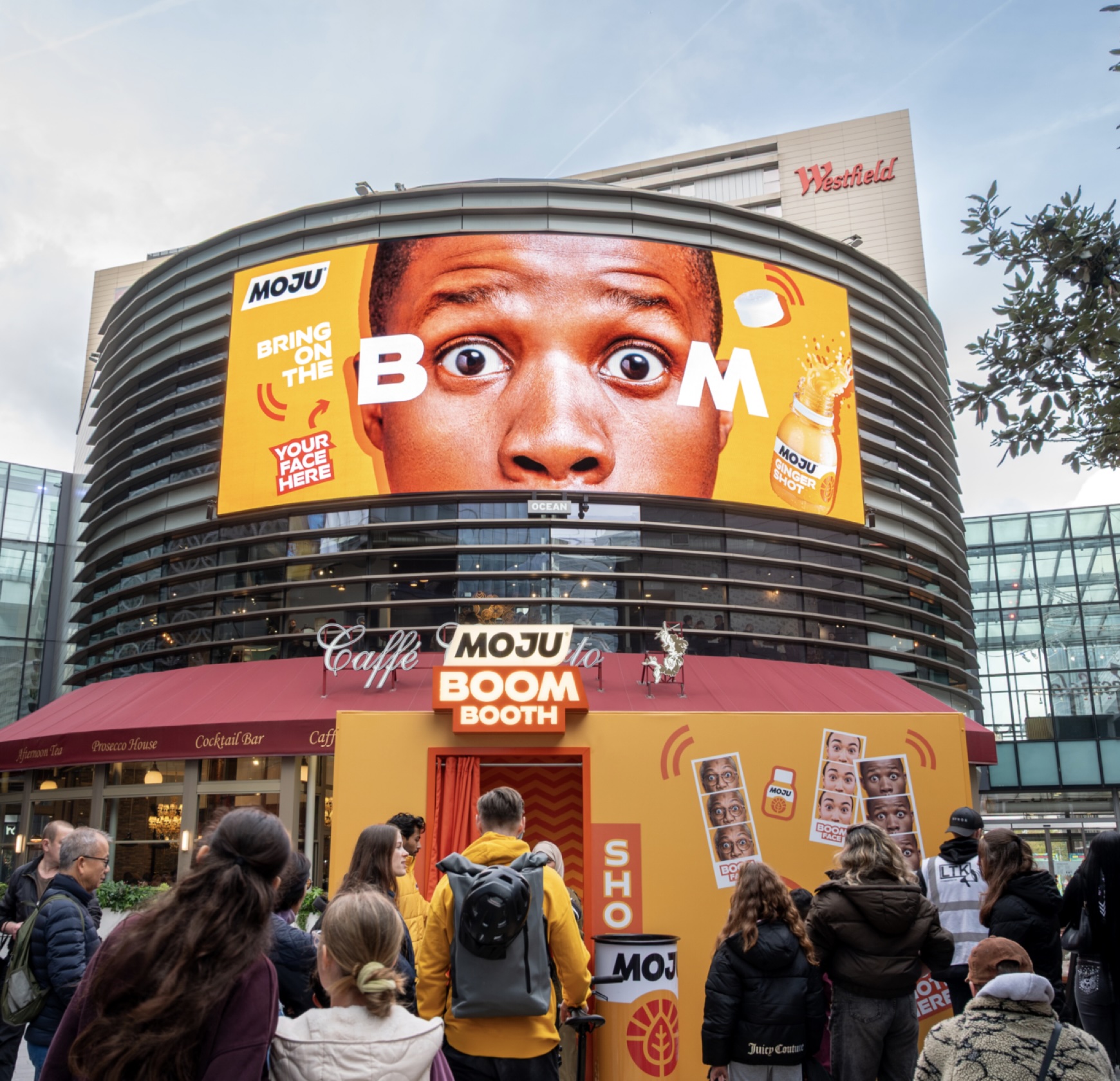
Place an iconic screen in a magnetic environment and people will come. Add technology, interactivity and amplification – and people will remember. But don’t think of our locations as just another OOH space because they aren’t. They are your chance to engage with, deliver to, and inspire audiences in ways you didn’t think possible.
The Showcase is another case in point. A custom built stage for anamorphic content, interactivity and immersive brand experiences. Powered by gaming technology, designed to transport brands to new and unexpected places well beyond traditionally fixed environments.
5/ If you had one message for advertisers, what would it be?
I’d echo the words of Les Binet talking about the IPA’s latest research findings. That “the only way out is to rediscover advertising’s super-power: to deliver creativity at scale. We need to Go Big or Go Home” – which plays directly to premium DOOH’s strengths.
The conclusion was that big, bold advertising at scale will drive big profits for clients.
6/ Choose one Ocean campaign that you feel indicates the way forward for OOH advertisers.
The brilliant Deepscreen® 3D work we’ve done this year with Sky Creative. Sky have always believed in Out of Home but have historically been quite traditional in their approach and formats. Nowadays, the client’s creative team are on quite the journey. Working in collaboration with Ocean Studio, they are playing around with the scale of Piccadilly Lights patchwork effect to drop some really cool, innovative campaigns. We’ve seen two iterations so far and there’s another in the pipeline for Christmas. The word’s out, and in ad circles it’s quickly becoming quite a thing. What are Sky going to do next?
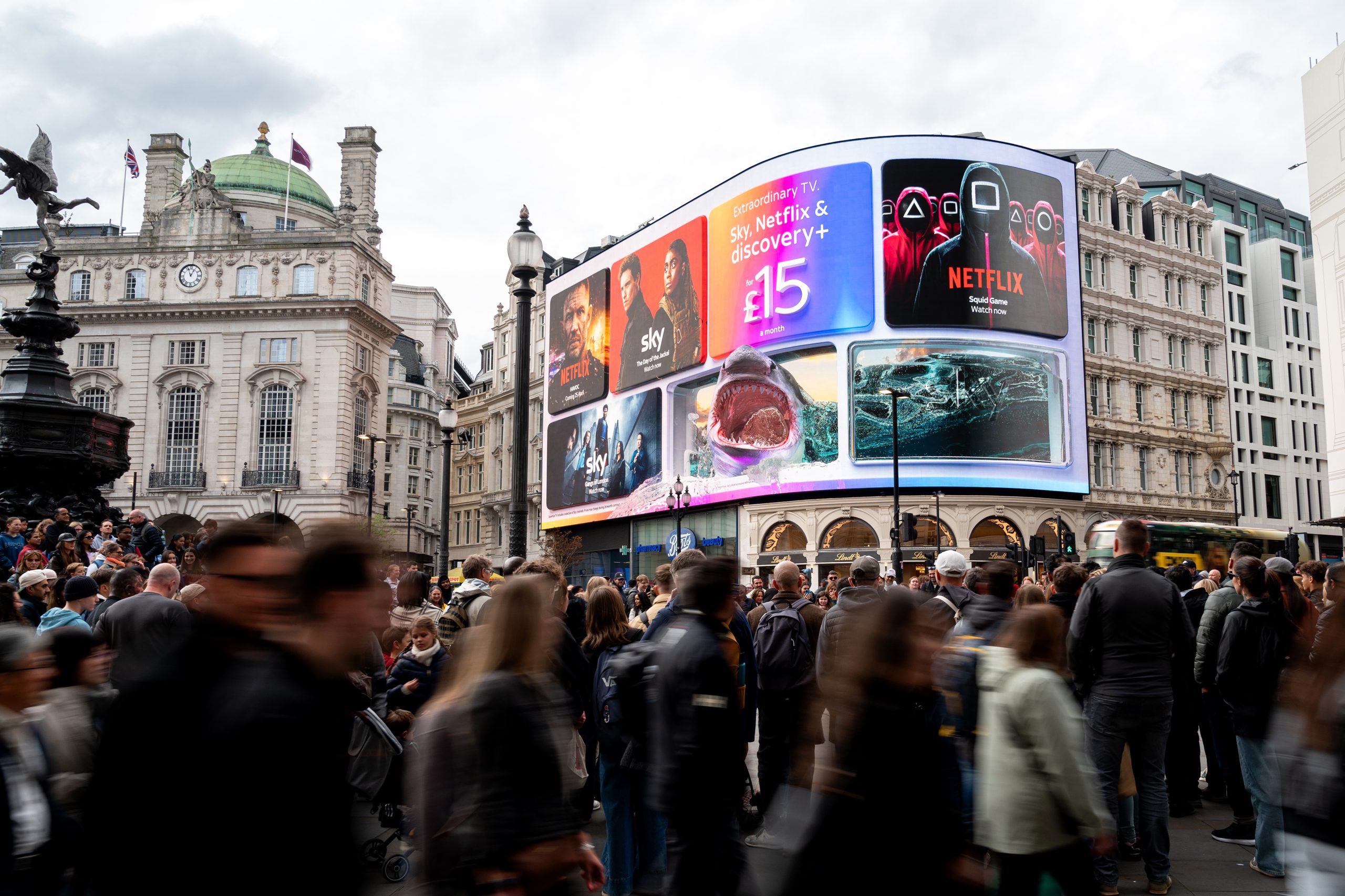
Oh, and points for jaw dropping Hollywood heroics must go to Tom Cruise, turning the BFI IMAX billboard into a viral rooftop stunt, and Jared Leto who scaled Landsec’s Piccadilly Lights for Disney’s Tron: Ares.
Nick Shaw is Ocean Outdoor UK’s incoming CEO.





